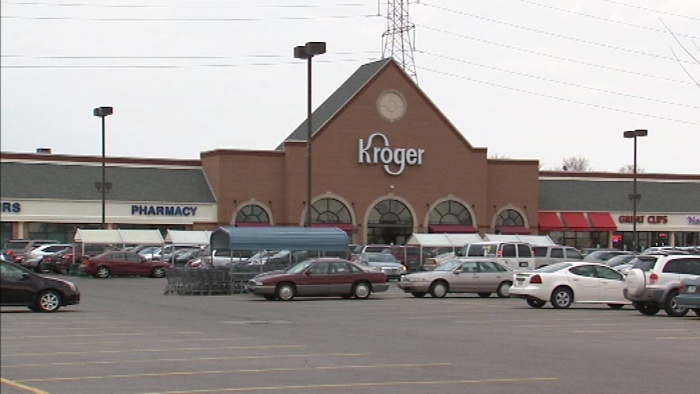The one-year state of limitations for most torts may be the law, and may work in many cases, but it can be way too short in this era of trying to figure out who the proper party is in this complex world of hide the ball from the Plaintiff. The recent Court of Appeals’ decision in Landel vs. Krogers out of Russell County demonstrates this in relationship to whose parking lot is it anyway.
In this case, Vickie Landel was a Kroger customer who fell and injured herself in the parking lot. She filed suit against Krogers since it was the parking lot outside of the Krogers’ store. She fell on March 10, 2011, and filed her original complaint on November 2, 2011, but sought to amend the complaint to add the shopping center on March 21, 2012 – just eleven days after the one year anniversary and the expiration of the statute of limitation. The shopping center obtained summary judgment dismissing the complaint against it for untimely filing (SOL), and Krogers obtained a dismissal of the complaint since it had no duty over the parking lot.
The plaintiff Landel claimed she did not know the identity of the shopping center, but Krogers had notified her by letter that the shopping center was responsible and provided her a copy of the lease.
Before discussing the issue of tolling as raised by the plaintiff in this case, let us take a look at some lessons to be learned in this case and those of a similar nature.
The identity of the “real” plaintiff can be difficult in the commercial context, and the identification of the real party can be fatal. Most Krogers’ stores, however, have the actual name of the owner of the store location in black letters on the window near the door. The name of the entity can be confirmed at the Secretary of State for the proper name for the style and the proper person for service. However, this does not get you past possible problems, such as a the dangerous condition of the floor was the work of a vendor (eg., the Brown Hotel case and indemnity), or the mats were placed and cleaned by a contractor, or as in this case the parking lot is not the store’s responsibiilty. The solution, unfortunately, is “fast filing with fast followup” since delay and deny and do nothing by the defendant does not inure a benefit to the plaintiff.
Some useful techniques for getting around this improperly denominated party defendant are: correcting a misnomer “, and CR 15.03 involving relation back of amendments (eg., nexus between corporations and/or subsidiaries and the relating back (An amended pleading that changes or adds defendants only relates back to the filing of the original pleading when (1) the claim in the amended complaint arose out of the same conduct, transaction, or occurrence set forth in the original pleading; (2) the new party received notice of the institution of the action so that he will not be prejudiced in asserting his defense; and (3) the new party knows or should have known that without the mistake concerning identity, the action would have been brought against him. CR 15.03. party relates back.” Within this context, I would have suspected that Krogers would have notified it lessor of the lawsuit (and thus notice under 15.03(2)(a) who would have know from the filing of the original complaint that they/shopping center would have been the proper party.
However, these outs are not an adequate solution to what I believe are the real problems: a. who they are may not be who you think they are with a name hidden in corporate names, agreements; and b. the insurer/insured may not be forthright about the correct identity of the responsible party (delay has its benefits, especially as the statute’s expiration approaches; and c. the one-year is just too darn short when you have ten years for written contracts with the defendant usually self-evident, but with defective products made in China and distributed under other’s names).
The solution? Some are file soon, notice the corporate-representative for his/her deposition per CR 30.02(6). The better solution is a longer statute of limitations with an easier tolling/relation back doctrine to avoid hide the ball and to allow the potential of resolving these cases short of suit. One year. Seriously!
For other posts on this blog about the statute of limitations, click here.
VICKIE LANDEL VS. THE KROGER COMPANY, ET AL
COA NPO 1/16/2015
Opinon affirming Russell Cir. Ct.
[gview file=”http://opinions.kycourts.net/coa/2013-CA-001637.pdf”]

